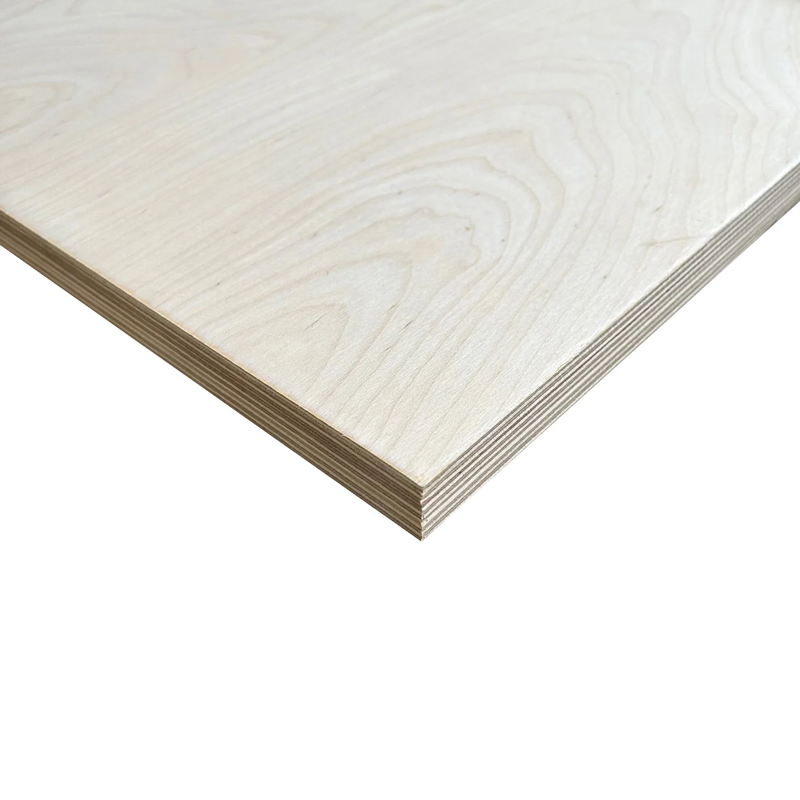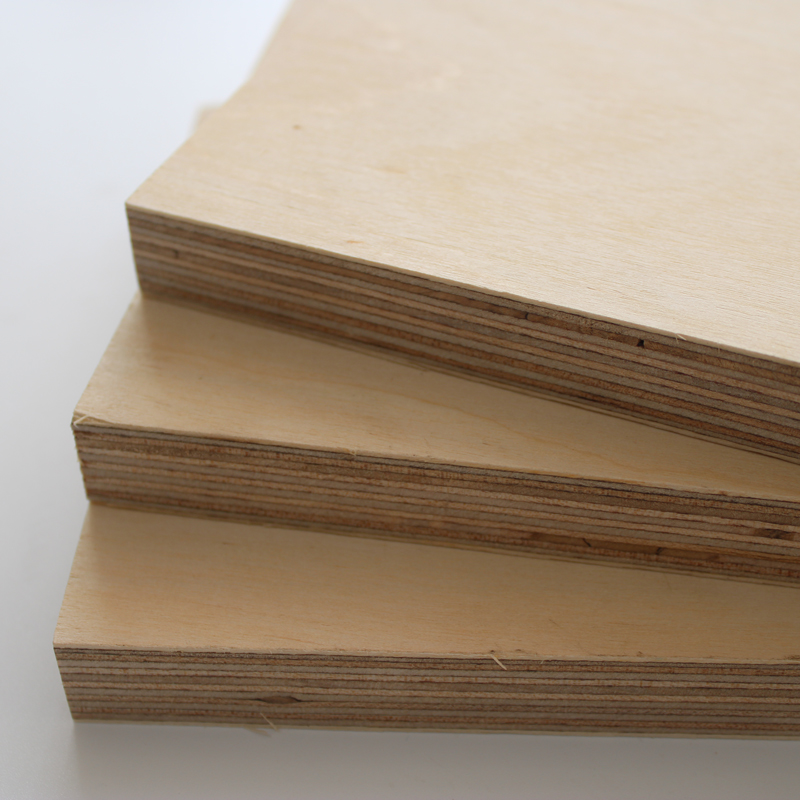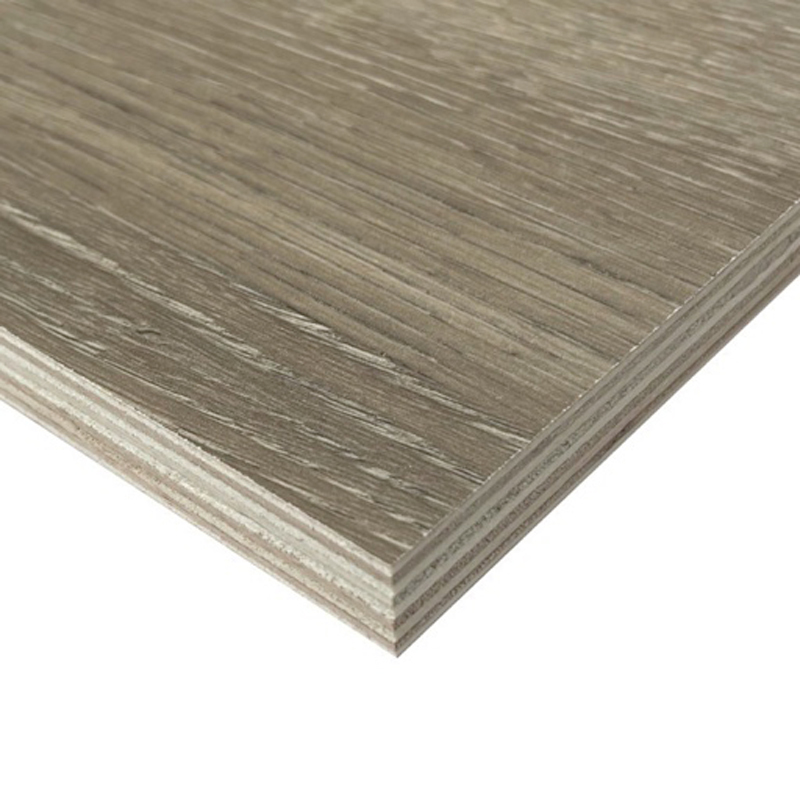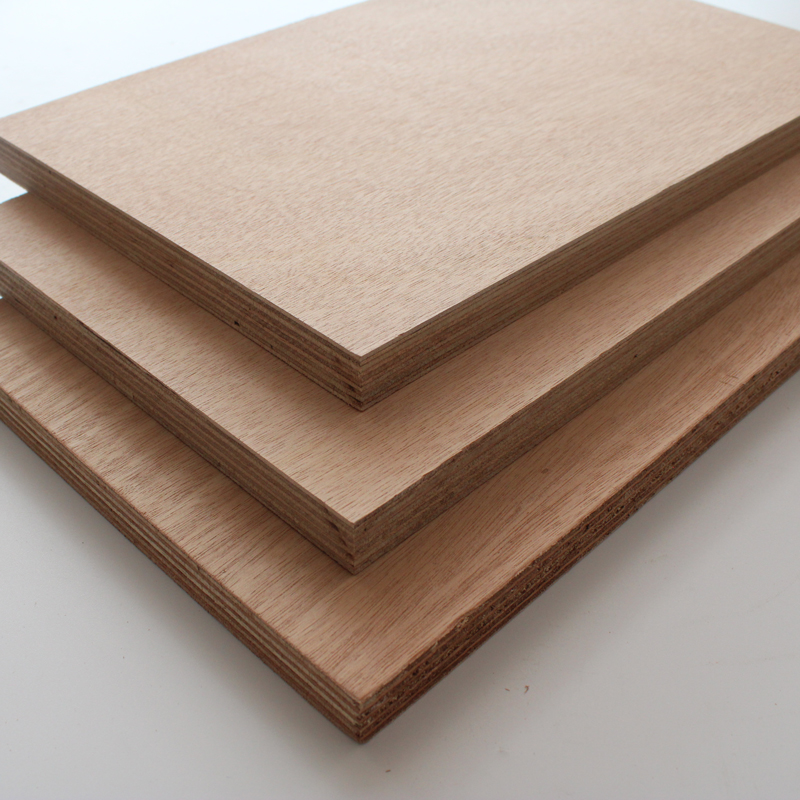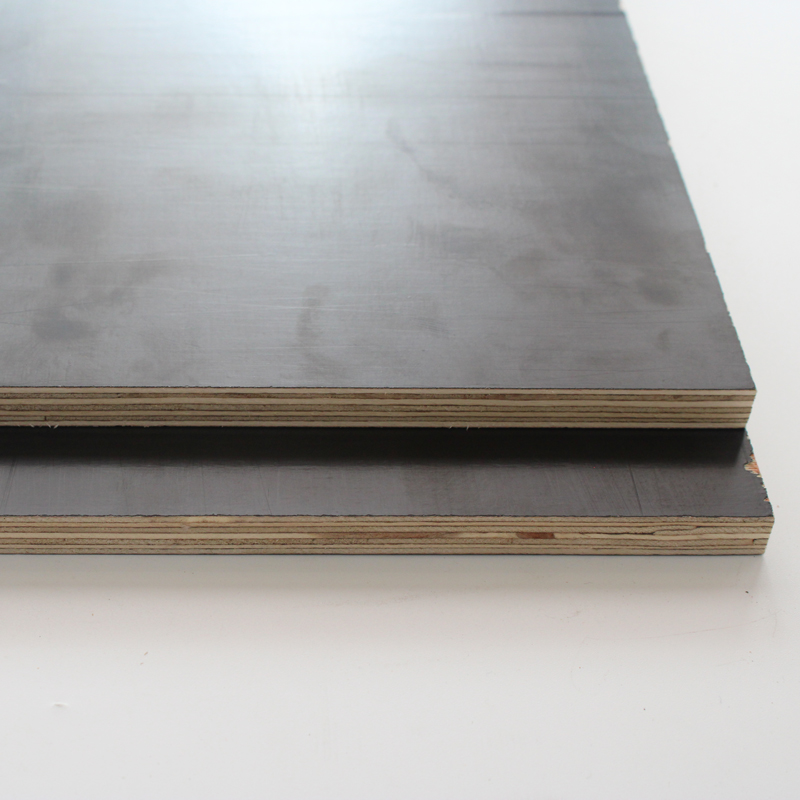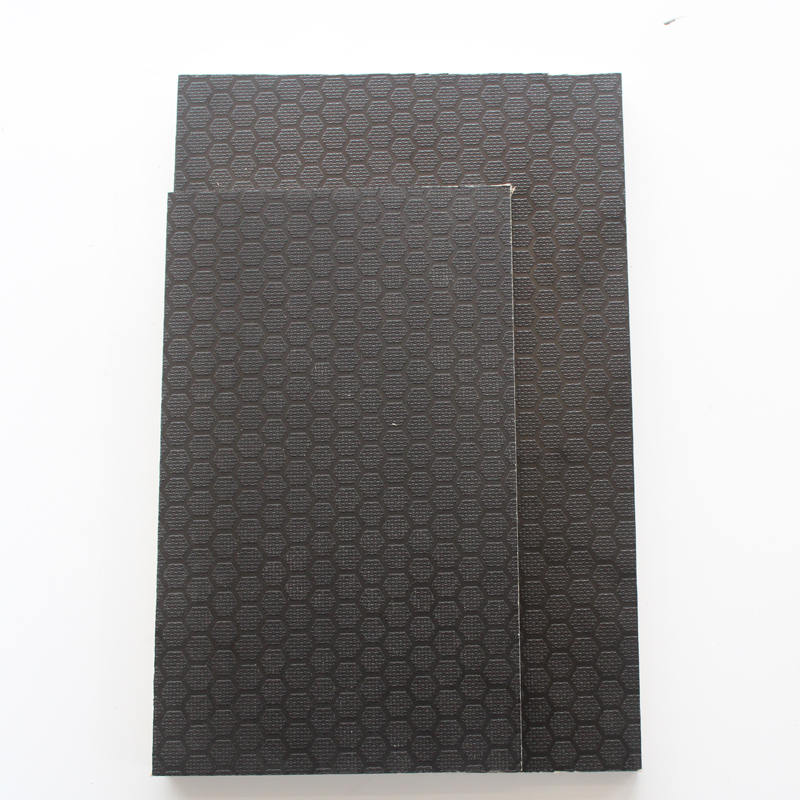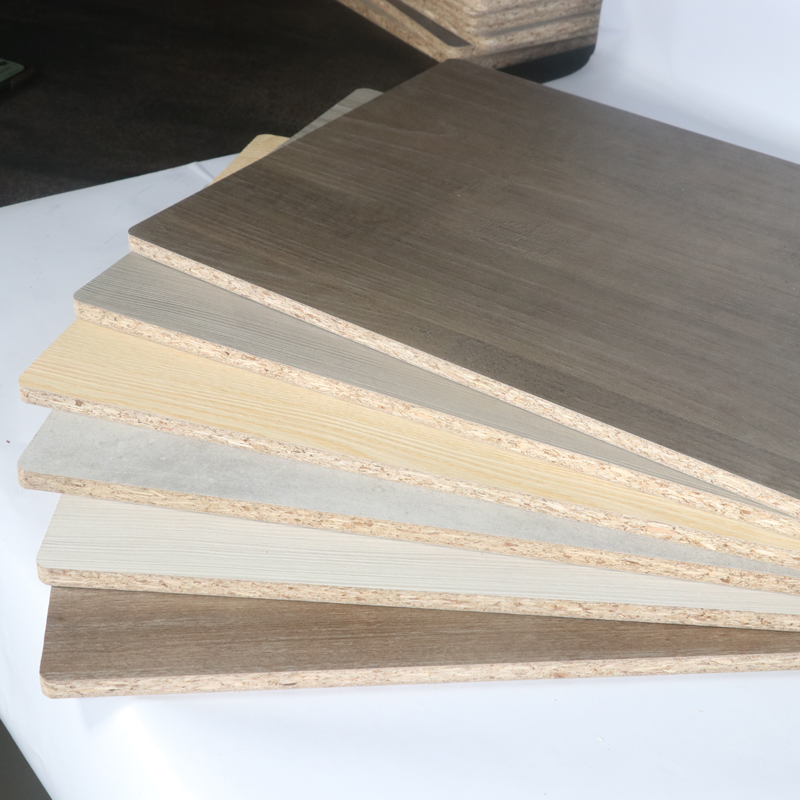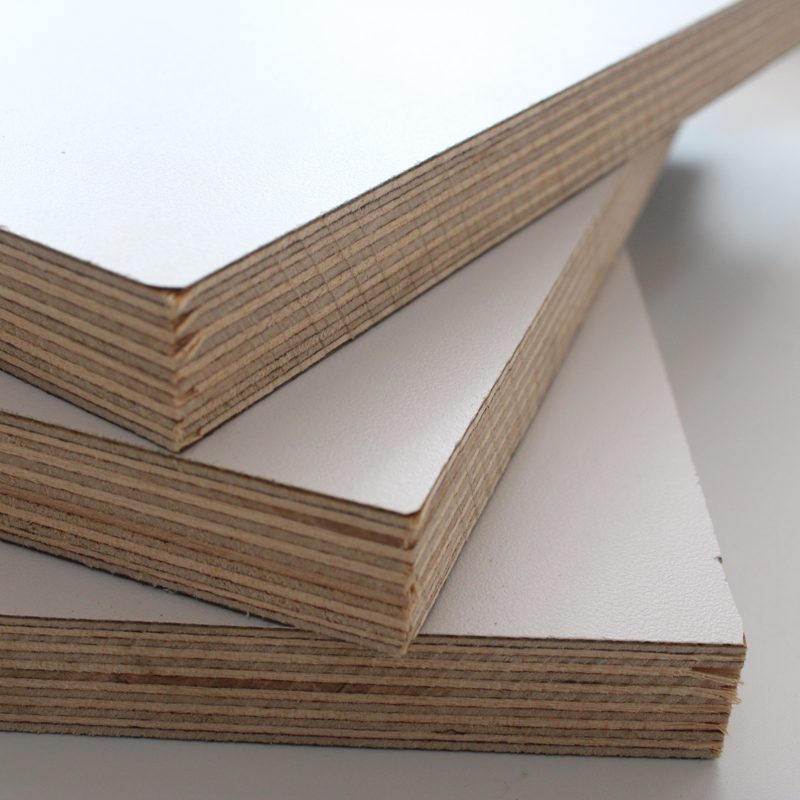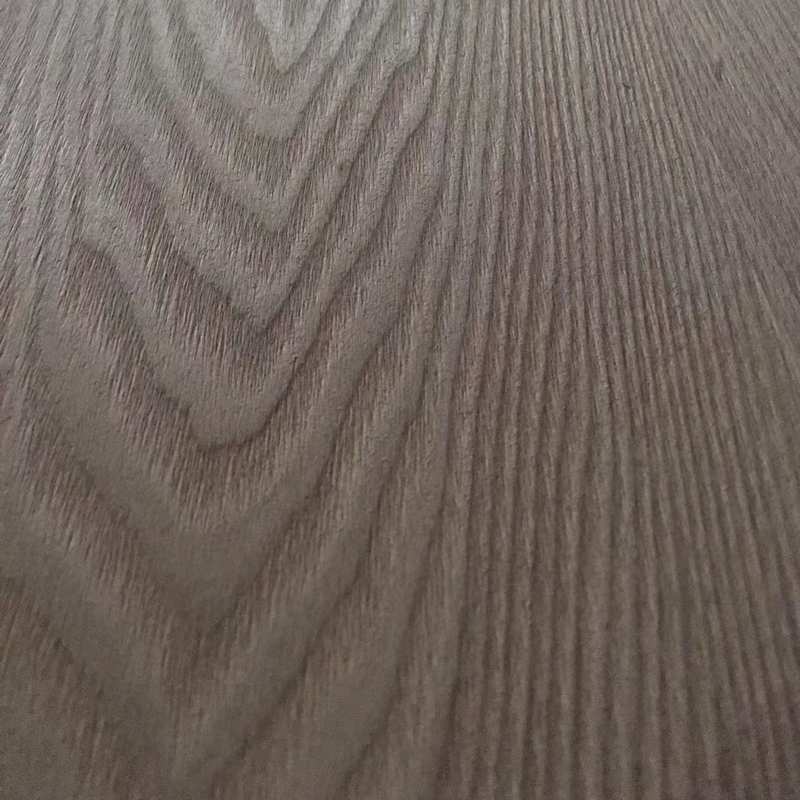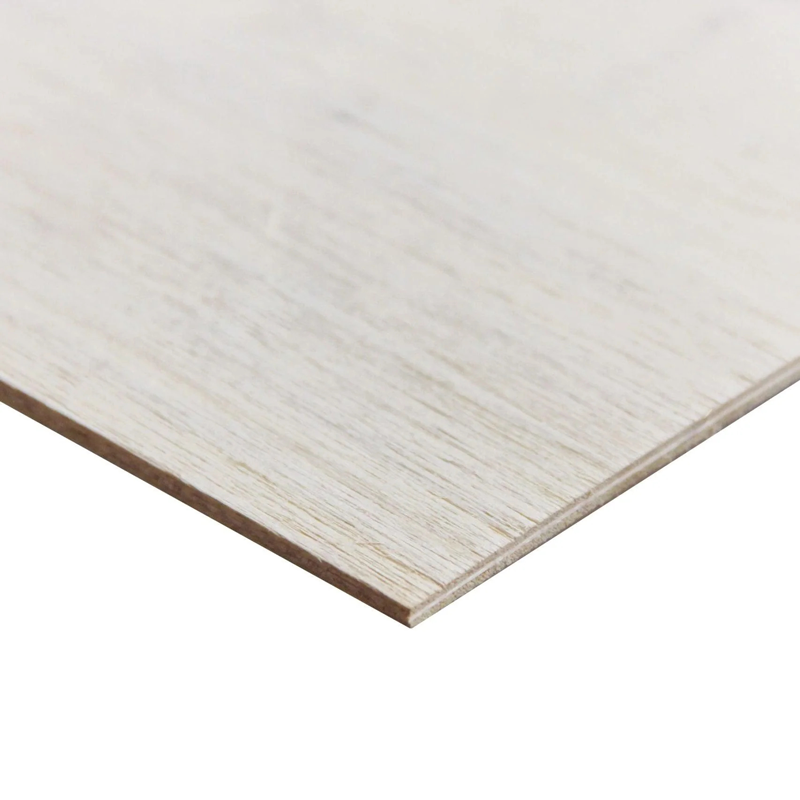01
Bending Plywood Short Way And Long Way
Product parameters
| Name | Bending plywood |
| Size | 1220*2440mm |
| Thickness | 4-12mm |
| Core | Softwood |
| Grade | BB/CC |
| Glue | E0, E1 |
| Density | 450-500 kg/m3 |
Product Description
Bending plywood, also known as "flexible plywood" or "bendy ply," is a specially engineered type of plywood designed to bend and flex easily, making it ideal for applications requiring curved surfaces. Unlike traditional plywood, which can be stiff and brittle, bending plywood is crafted to offer maximum flexibility without cracking or breaking. This unique characteristic is achieved through its construction process, where multiple thin layers of wood veneer are glued together with the grain of each layer running perpendicular to the adjacent layers.
One of the primary reasons bending plywood is so flexible is due to its thin veneers and the method of layering. The layers are generally thinner than those found in regular plywood, and this allows the material to bend more easily. This construction technique also provides the necessary strength and stability while maintaining flexibility. The adhesives used are specially formulated to allow movement without causing delamination.
Bending plywood is available in various thicknesses, typically ranging from 1/8 inch to 3/8 inch. It also comes in standard sheet sizes such as 4x8 feet and 8x4 feet, although custom sizes can be produced to meet specific project requirements. The direction in which the plywood can bend is also a crucial aspect. Cross-grain bending plywood bends more easily across its width, while long-grain bending plywood is designed to bend along its length.
This type of plywood is widely used in industries where curved shapes are essential. In furniture making, bending plywood allows for the creation of elegant, flowing designs that would be difficult to achieve with standard rigid plywood. Cabinet makers and interior designers also appreciate its versatility, using it to produce curved cabinet doors, rounded edges, and custom interior fittings. In the realm of architecture, bending plywood is employed to construct unique, eye-catching structures and features that add aesthetic value to buildings. Additionally, it is a popular material in stage and set design, where quick and flexible solutions are often required to create elaborate backgrounds and props.
To work effectively with bending plywood, certain techniques may be employed. For instance, to achieve tighter curves, the plywood can be steamed or soaked to increase its pliability before bending. It is also essential to provide adequate support during the bending process to prevent unwanted warping or breaking. Once bent into the desired shape, the plywood can be laminated, veneered, or covered with other materials to give a finished appearance.
In summary, bending plywood is an invaluable material for various creative and practical applications due to its flexibility and strength. Its ability to bend into curves and shapes while maintaining structural integrity makes it a preferred choice for projects requiring innovative design solutions.

